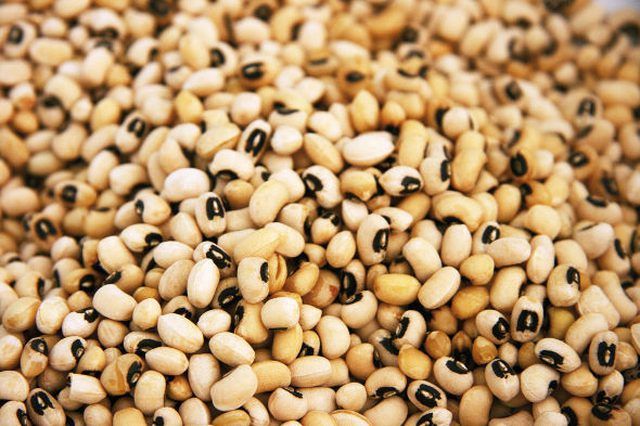Bulbs
Flower Basics
Flower Beds & Specialty Gardens
Flower Garden
Garden Furniture
Garden Gnomes
Garden Seeds
Garden Sheds
Garden Statues
Garden Tools & Supplies
Gardening Basics
Green & Organic
Groundcovers & Vines
Growing Annuals
Growing Basil
Growing Beans
Growing Berries
Growing Blueberries
Growing Cactus
Growing Corn
Growing Cotton
Growing Edibles
Growing Flowers
Growing Garlic
Growing Grapes
Growing Grass
Growing Herbs
Growing Jasmine
Growing Mint
Growing Mushrooms
Orchids
Growing Peanuts
Growing Perennials
Growing Plants
Growing Rosemary
Growing Roses
Growing Strawberries
Growing Sunflowers
Growing Thyme
Growing Tomatoes
Growing Tulips
Growing Vegetables
Herb Basics
Herb Garden
Indoor Growing
Landscaping Basics
Landscaping Patios
Landscaping Plants
Landscaping Shrubs
Landscaping Trees
Landscaping Walks & Pathways
Lawn Basics
Lawn Maintenance
Lawn Mowers
Lawn Ornaments
Lawn Planting
Lawn Tools
Outdoor Growing
Overall Landscape Planning
Pests, Weeds & Problems
Plant Basics
Rock Garden
Rose Garden
Shrubs
Soil
Specialty Gardens
Trees
Vegetable Garden
Yard Maintenance
Structure of a Bean Seed
Structure of a Bean Seed. Beans are a very important part of the food chain. They fill many different needs including being a major source of protein and oil. Beans are very easy to grow and understanding the different parts in the structure of the bean will help you understand the growth process.

Beans are a very important part of the food chain. They fill many different needs including being a major source of protein and oil. Beans are very easy to grow and understanding the different parts in the structure of the bean will help you understand the growth process.
Testa
The testa is the outer covering of the bean. It is usually very thin but tough and can be almost any color depending on the type of bean. Within the surface of the testa, there is a tiny opening called the micropyle, which is where water can enter and start the germination process, breaking the dormant stage.
Cotyledons
The cotyledons are the two large parts of the bean seed that take up most of the space within the bean. These serve as food storage for the young bean plant until it grows large enough to support itself. In the middle of the two cotyledons is the tiny embryo, waiting to grow.
Embryo
The embryo is the infant plant made up of two parts: the radicle, or the first root, and the plumule, or the first leaves. When water enters the micropyle, the radicle starts growing and moves down and out through the micropyle into the soil below. Then the plumule swells and grows, pushing its way through the testa and up through the soil until it reaches the light.
Hilum
The hilum, or scar, on a bean is the site where the bean originally attached to the fruit of the plant. It is the 'navel' of the bean and can be found on the indent of the bean on the surface of the testa.
Hypocotyl
The hypocotyl is the area between the root and the cotyledons. It will grow and become part of the stem where it connects to the root.
Epicotyl
The epicotyl is the area above the cotyledons and below the plumule. It will grow and become the stem of the plant.